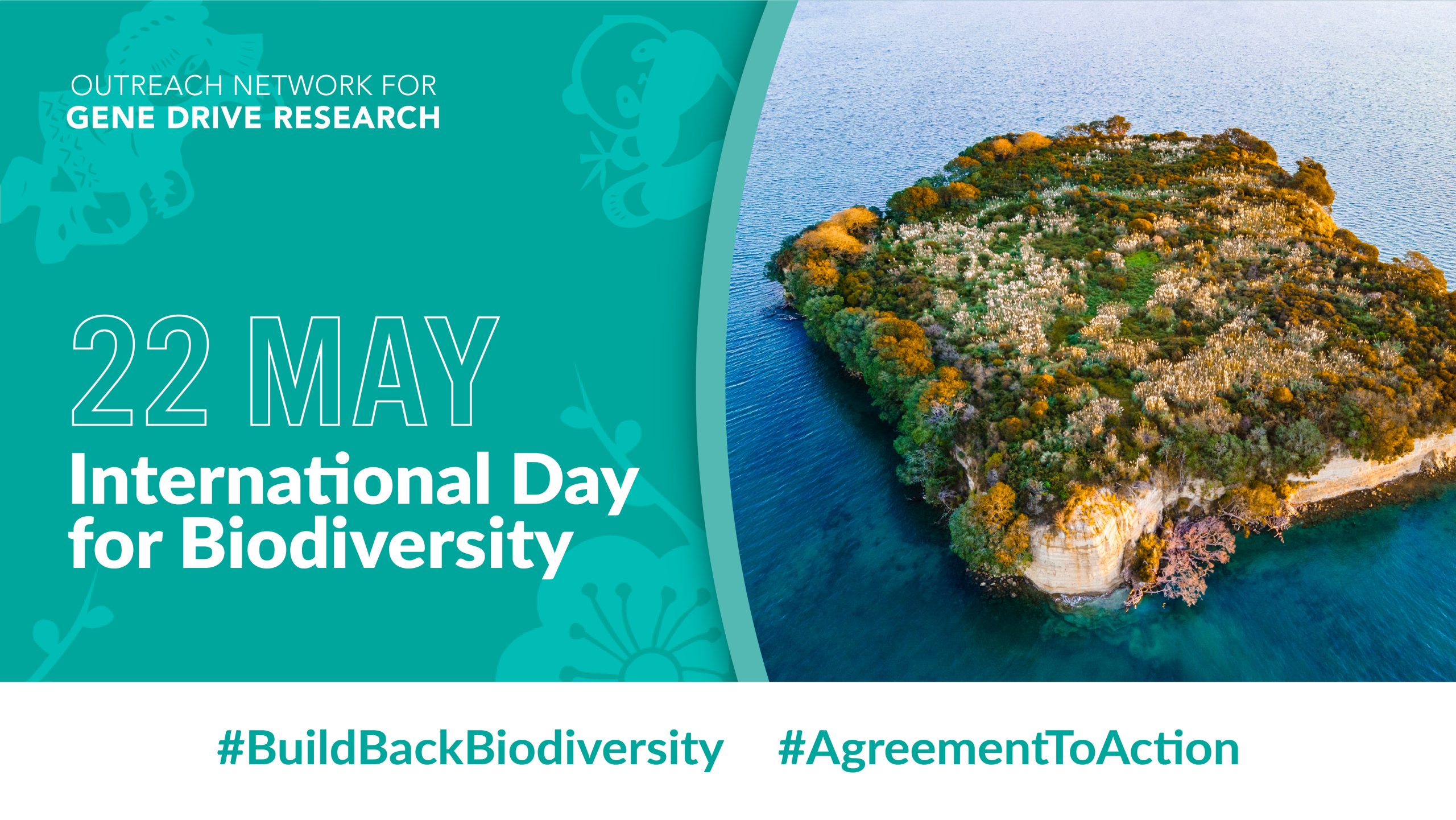By Gregg Howald, Advanced Conservation Strategies
Celebrated on May 22, this year’s International Day for Biological Diversity follows the long-awaited adoption of the Kunming-Montreal Global Biodiversity Framework (GBF), which sets out an ambitious pathway for governments and other stakeholders to conserve the world’s biodiversity over the next decade and beyond. This year’s theme “From Agreement to Action: Build Back Biodiversity”, builds on the results of the Fifteenth meeting of the Conference of the Parties (COP 15) and highlights the need to translate the Framework’s ambitious goals and targets into action.
Across regions, biodiversity is declining at an unprecedented and alarming rate, with one million species of plants and animals currently threatened with extinction. While over the past few decades conservation efforts have yielded promising results, the increasing number of endangered species and the accelerating rate of ecosystem degradation is commanding new approaches and transformative tools to halt and ideally reverse current trends.

The issue of Invasive Alien Species (IAS) is a case in point. One of the main drivers of biodiversity loss, IAS particularly threaten island ecosystems. According to a report by the Intergovernmental Science-Policy Platform on Biodiversity and Ecosystem Services (IPBES), the number of IAS per country has risen by about 70% since 1970, across 21 countries with detailed records. As an example, invasive predators on islands prey on eggs, chicks and even adult marine birds that forage over thousands of square kilometers of open ocean, but use these small parcels of land for breeding. Overall, IAS have been implicated in almost 86% of all documented extinctions from islands.
Rodents, such as rats and mice, are two of the worst culprits. The complete removal of invasive rodents from islands is a proven conservation tool to facilitate the recovery of these fragile ecosystems. However, the toolbox is limited to the use of toxicants, and can present potential risks to native species that must be mitigated; as a consequence, projects are increasingly more complicated and costly.
In order to successfully address prevention and mitigation needs, new scalable, cost-effective and sustainable approaches are needed. Gene drive technology is one of the novel approaches being considered, due to its potential to be used for population control of introduced and damaging species at a higher degree of scale and precision.
The success of the recently adopted GBF will depend on the capacity to implement the commitments made during COP 15 meetings, many of which hinge on access and use of science, technology, and innovation. To prevent additional extinctions and revive ecosystems, we need to recognize that science can be part of the solution. If we are to effectively build back biodiversity, we must leverage innovative approaches and explore all tools at our disposal.
Recent posts
